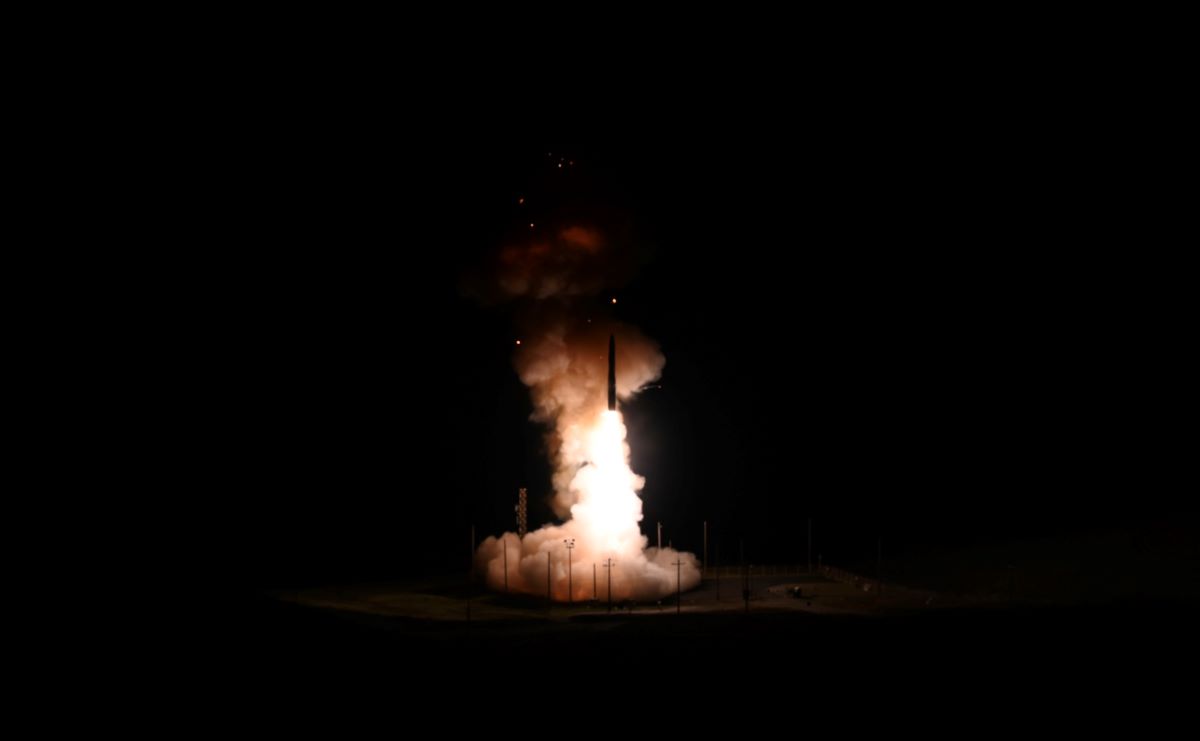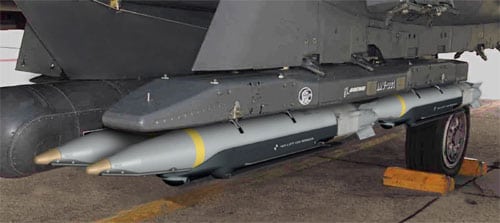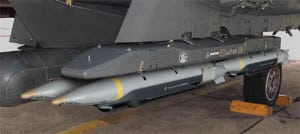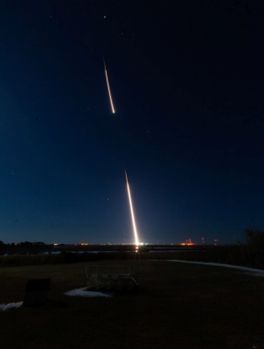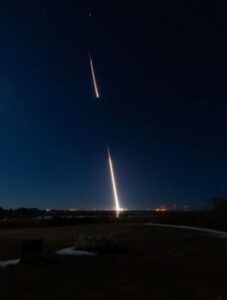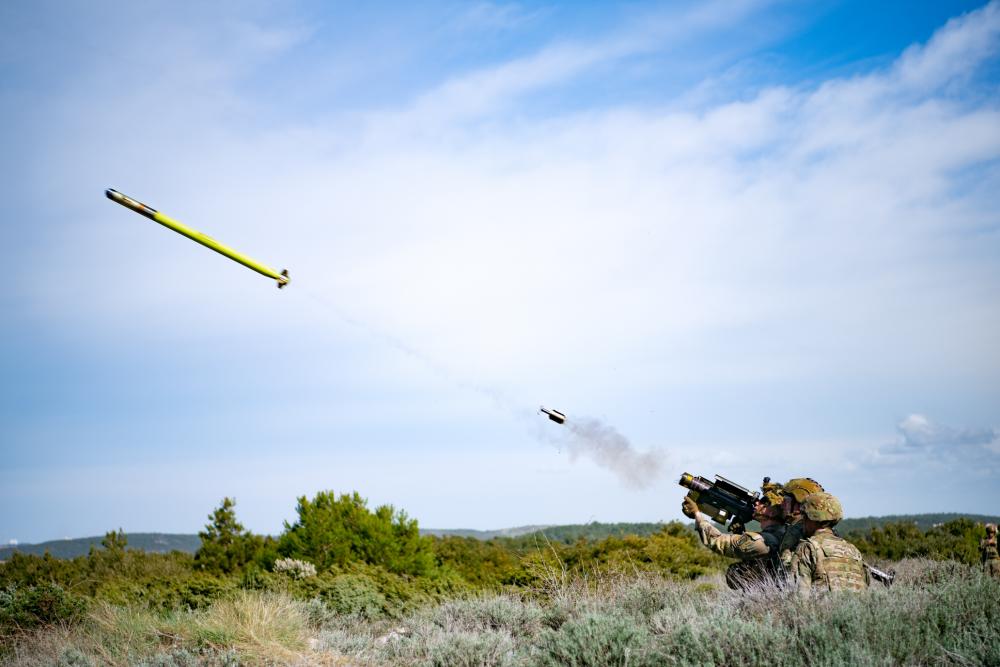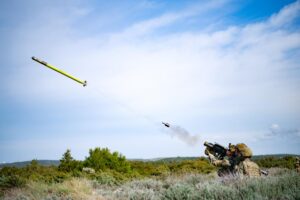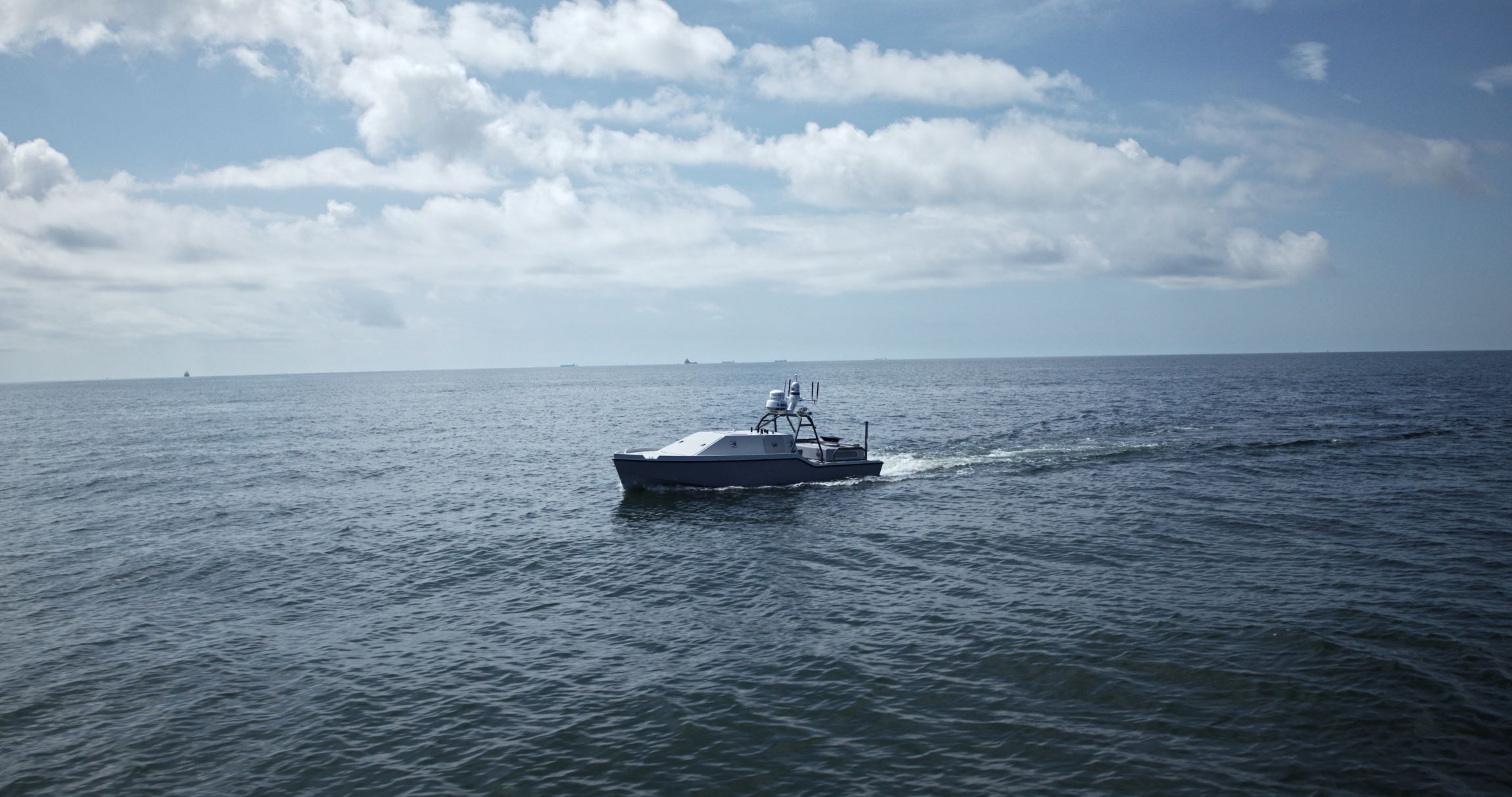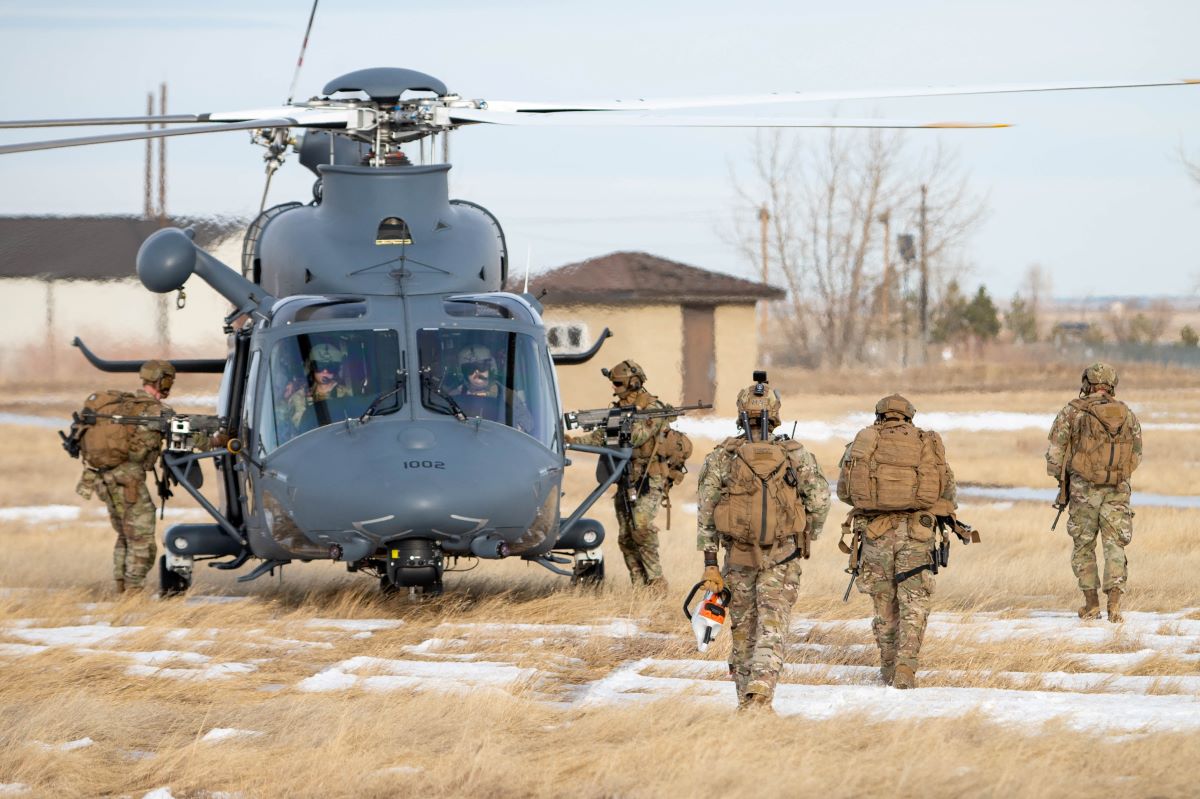Autonomous surface vessel developer and manufacturer Saronic has closed a $600 million funding round for a downpayment on a new waterside shipyard the company has conceived around advanced manufacturing methods for the design and construction of vessels far larger than its current family of products.
Saronic will discuss with federal and state governments the “best strategic location” of Port Alpha, which the company will invest “billions of dollars” in over the life of the shipyard, Dino Mavrookas, co-founder and CEO, told reporters on Tuesday. The exact timing on when Port Alpha will be operating has not been settled but will be “well within five years,” he said, noting the company will move at “Saronic speed,” which is “extremely fast.”
The Series C funding raises brings to $850 million the two-year-old Austin, Texas-based company has raised in private capital. Last week, Saronic announced it has acquired a new 420,000 square foot facility in Austin that will be fully operational later this year manufacturing its small autonomous surface vessels (ASVs), increasing its current footprint to about 520,000 square feet.
Company officials declined to give specifics on the sizes of the medium and large ASVs that will be produced at Port Alpha.
Rob Lehman, a co-founder and chief commercial officer, said the company is “actively designing” the medium and large ASVs to address the “sphere of wants, needs, and requirements that we’re seeing and hearing from across our customer sets.” Saronic is navigating demand based on the Navy’s current needs and what is in the planning stages, he said, adding the company is not waiting around to position itself to deliver capability that will be needed.
Mavrookas said, “There’s no upward limit on what we’re going to build.”
Later in the media roundtable, Mavrookas said that the larger vessels that will be built at Port Alpha get after the Navy’s goal of a hybrid fleet that is 40 to 50 percent autonomous, which means 300 to 325 ships to complement the service’s manned combatants. On top of that is the thousands of smaller ASVs, he said.
The larger ASVs will be built “10 times” faster, cheaper, and better than current ships and, if produced at “the right price points,” it will make their maintenance and sustainment over a 40-year or 50-year life-cycle is just obsolete,” he said.
“We want to build those as attritable autonomous platforms that are produced economically at scale,” Mavrookas said. “Economically for a large autonomous service combatant is a different price point than it is for a 24-foot small unmanned service vessel. But it’s also not a $2 billion price tag like the current DDG [destroyer].”
Saronic’s current fleet of ASVs includes the six-foot Spyglass, 14-foot Cutlass, and most recently the 24-foot Corsair, which is designed to keep up with the Navy’s surface fleet (Defense Daily, Oct. 23, 2024). Lehman said Saronic is “going big on Port Alpha” to meet current and future Navy needs, so “we don’t want to come up short on how we lay down this footprint.”
Legacy shipbuilders are struggling with workforce issues, including attrition, shortages, and the need to replace more skilled craftsman that have left the trade with unskilled labor. Port Alpha will not face the same constraints as builders of manned surface combatants, Lehman said.
“So, when you take the human out of it, from the keel up from day one, and you’re not converting a manned platform design to be an unmanned vessel, it really unlocks some of the advanced manufacturing techniques, robotics, and kind of throughput enhancing technologies that are available,” Lehman said. Saronic is working with the Navy to meet their requirements for unmanned vessels and “not tying ourselves to policies and certifications that were born from a…manned fleet.”
Saronic’s large ASVs will require welders that to a degree are doing work similar to that being done by legacy shipbuilders, but the new unmanned ships will not suffer from the same constraints, he said.
“And, look, at the end of the day…when you are not constrained by legacy infrastructure, and you’re not applying band aids to existing workforce and capabilities, that really opens the aperture,” Lehman said.
The funding round was led by investor Elad Gil and includes General Catalyst as a new backer. Existing investors a16z, Caffeinated Capital, and 8VC also participated. The investment values Saronic at $4 billion.
